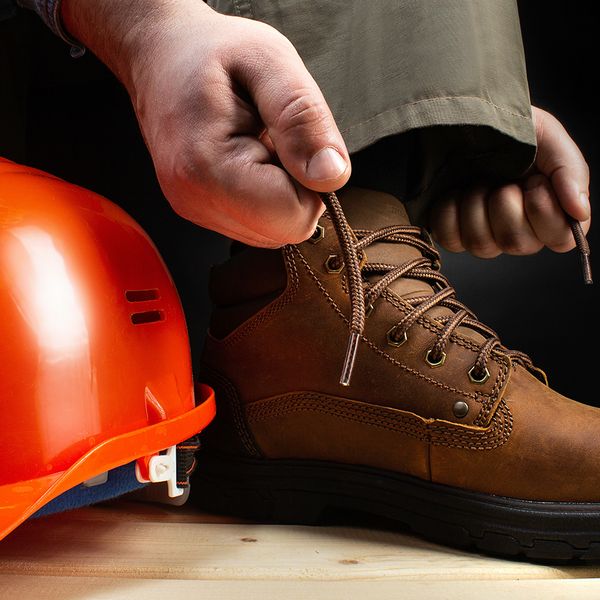New Year, New Gear: Ringing in 2025 with PPE!
The new year is bringing a fresh resolution for personal protective equipment (PPE) fit! OSHA's new rules for construction, set to take effect in January 2025, emphasize the importance of properly fitting PPE.
In a December 2024 news release, OSHA highlighted that improperly sized PPE can fail to protect workers effectively, create additional hazards—like oversized gloves or clothing getting caught in machinery—and discourage usage due to discomfort or poor fit.
From helmets to harnesses, this update is all about ensuring workers are safe, comfortable, and fully protected.
PPE fit gets a New Year’s resolution
On December 6, 2024, the Office of Management and Budget (OMB) approved OSHA’s new PPE rule for construction, officially published in the Federal Register on December 12. Starting January 13, 2025, employers must comply with these updated guidelines.
The main change? OSHA is revising standard 1926.95 to require employers to ensure that PPE is not only designed for the job but also custom-fitted for each worker. Ill-fitting PPE is like wearing bad shoes—it’s uncomfortable and unsafe. A loose helmet or tight harness can lead to more risks. Proper fit is essential to ensuring workers are fully protected.
Proposed heat illness prevention rule gets hotter
The proposed heat illness prevention rule has officially made its debut in the Federal Register, with a public comment period running until January 14, 2025. This is your chance to weigh in and help OSHA shape a rule that protects workers while considering the needs of employers. Published on August 30, 2024, the rule focuses on addressing heat hazards across general industry, construction, agriculture, and maritime sectors, whether workers are indoors or outdoors.
If the rule is finalized, employers will be required to implement a heat illness prevention plan, take steps to protect new or returning workers, provide training on heat illness prevention, and set up emergency procedures for heat-related symptoms.
To help manage heat stress, JJ Keller’s Safegear PPE options, such as cooling vests, evaporative cooling towels, cooling bandanas, portable ice packs, and water packs, are all practical solutions. And don't worry—OSHA's rulemaking process will continue well into 2025, so stay tuned for more updates as they fine-tune this hot topic.
Hard hats continue making waves heading into the New Year
2024 was a busy year for head protection, and 2025 is set to keep the momentum going! There are two main types of helmets to choose from: Type I, which protects against impacts to the top of the head, and Type II, which covers both top and side impacts—ideal for construction and environments with multiple head hazards.
If you're looking for extra protection, hard hats with a forward-extending bill or full brim can help shield your face from falling debris. For electrical hazards, Class G provides low voltage protection, Class E offers high voltage protection, and Class C has no voltage protection.
Don’t stress about picking the right helmet—your employer is responsible for selecting the correct headgear, so you can just focus on keeping your head safe and sound!
Key to Remember
With these new changes on the horizon, 2025 is shaping up to be a year of better safety and smarter PPE choices. Whether it’s ensuring your gear fits just right or tackling heat illness, OSHA is paving the way for a safer, more efficient workplace. Stay tuned as these exciting updates unfold!



















































